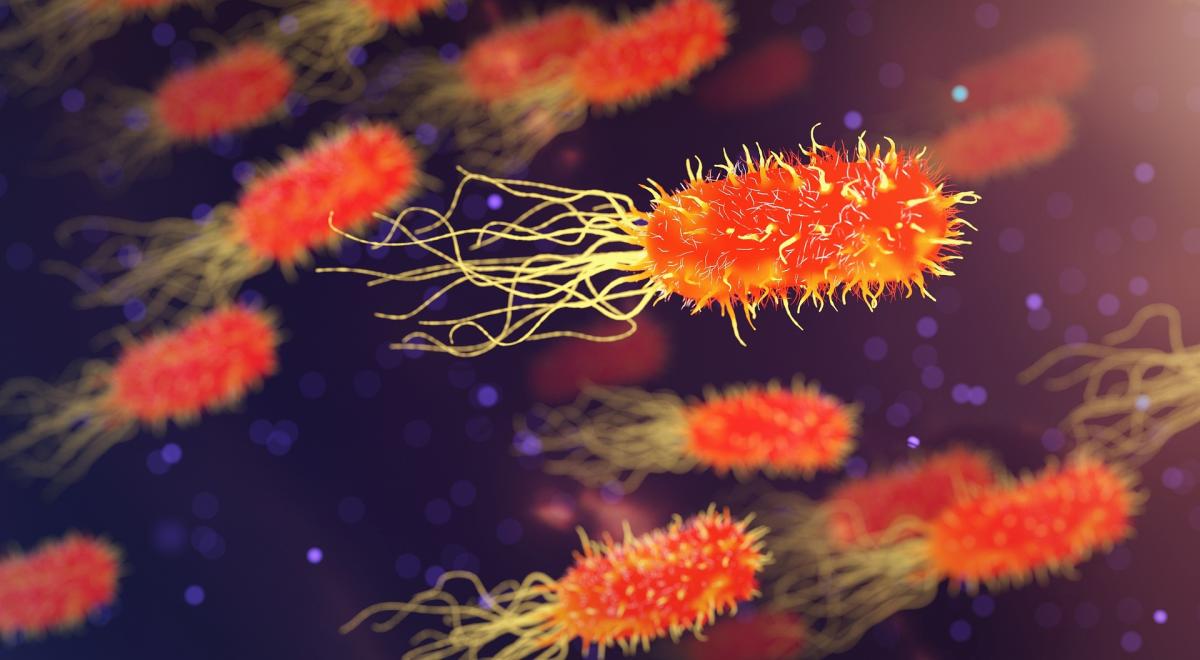
Students will dive into the fascinating world of parasitology as they collaborate in teams of three to analyze and evaluate the presence of parasites. The lesson aims to enhance both teamwork and

Student learn to code robots using VEXs free VEX VR code.

Students learn about the chemistry that exists in some of the world's oldest surviving paintings. This lesson is the final part of a 3 part painting series, and focuses on binding agents in paint

In this laboratory you will use the ELISA (Enzyme Linked ImmunoSorbent Assay) for detecting the presence of an antigen, such as a disease-related agent, from a sample of body fluid. You will be given

Kindergarten students develop an understanding that the world is comprised of living and non-living things. They investigate the relationship between structure and function in living things; plants

Students will be able to recognize that living things are made up of parts. Different animals use their body parts in different ways to see, hear, grasp objects, protect themselves, move from place to
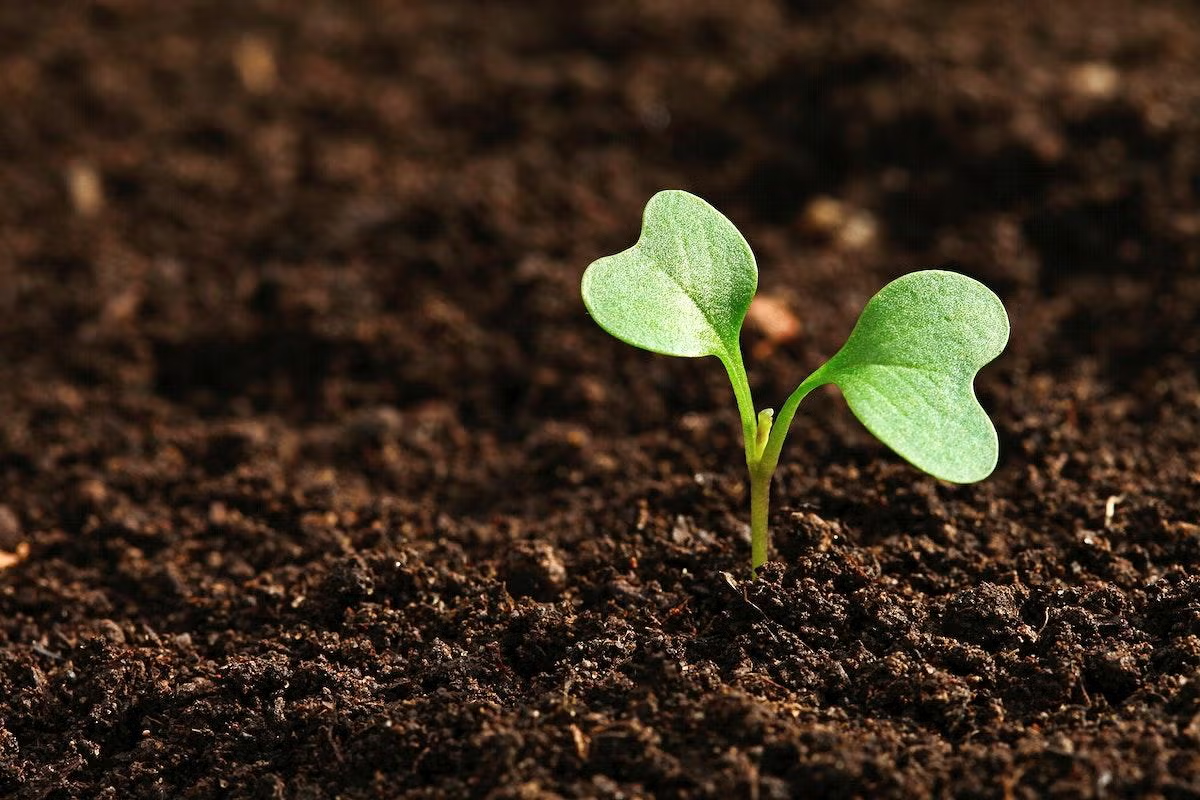
Students will develop and use models to explain the growth stages of a corn plant, identifying internal and external structures and functions. They will also generate measurement data by measuring
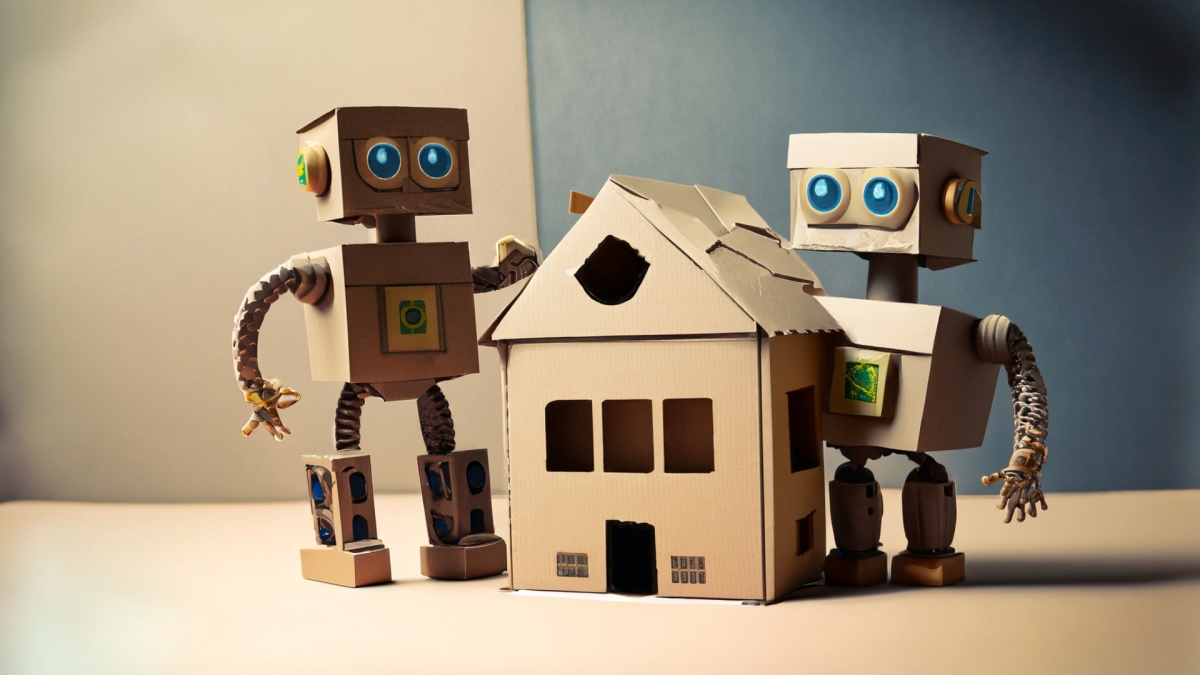
Using my backyard chickens as inspiration, this 5th grade lesson asks children to graph egg production and build a model of a chicken coop and run.
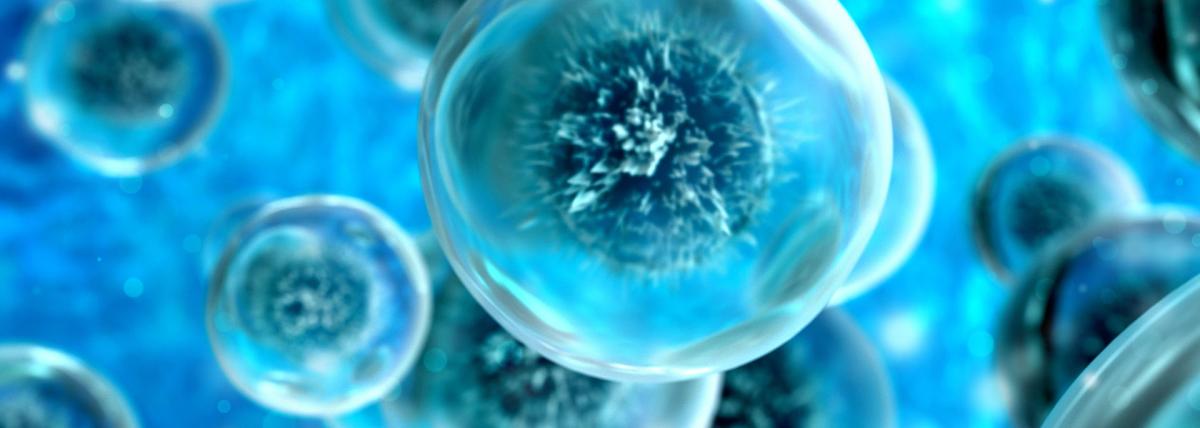
Lesson plan integrating Arizona Science and ELA standards for comparing and researching animal cells and plant cells, followed by a creative video project where students personify the parts of a
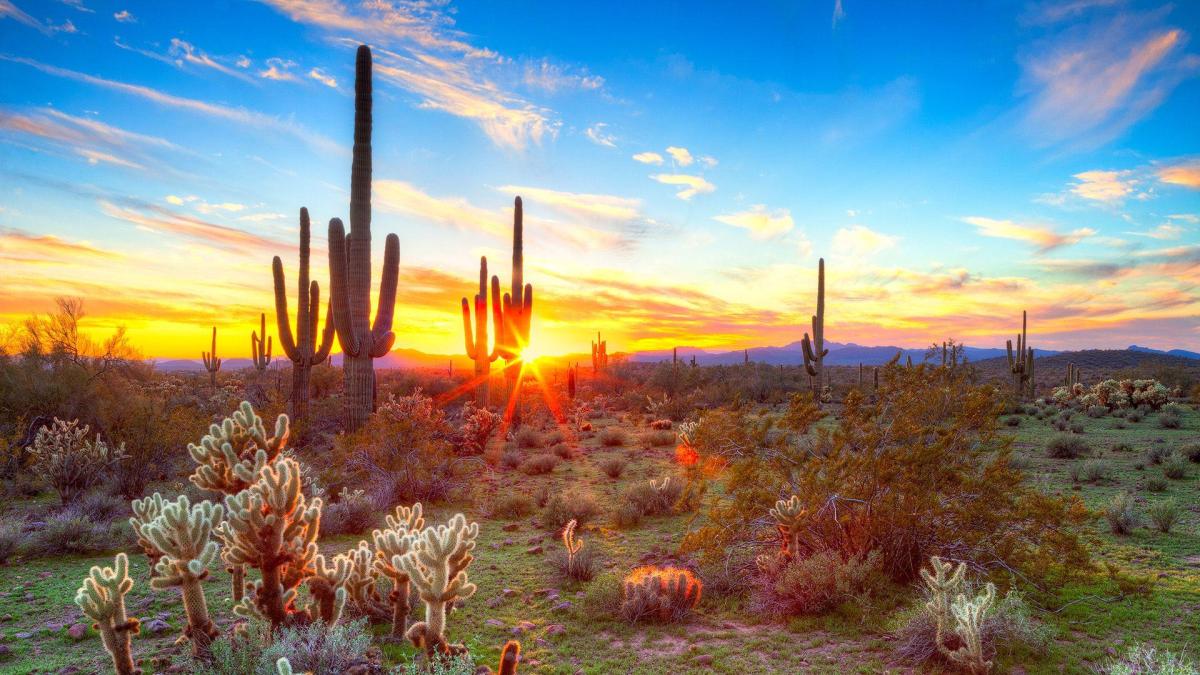
Students will survey the area around their school for Buffelgrass.
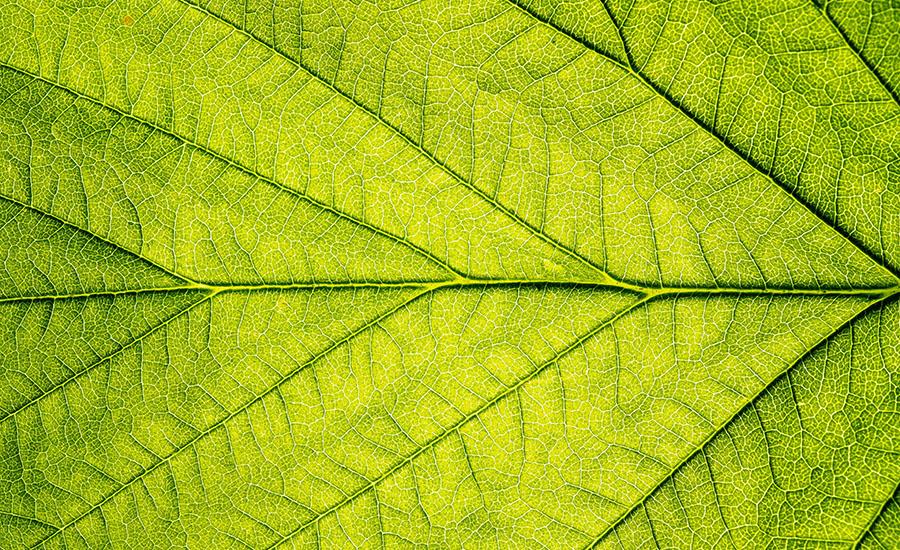
Creating a photosynthesis model out of clay or play-doh and making a video/podcast as an expert panel to provide information and discussionm.

In this unit, students will explore the interdependencies in a system and uncovers circular causal connections. Students will use a stock-flow game, specifically the “Mammoth Game” to simulate how

This is the first of two lessons. The focus is to engage students in the hands-on activity of growing corn in water and study the germination process. Students will discuss and learn about the

In this unit students will observe how elements within a system changes over time, generating patterns and trends that affect the ecosystem of bees. Students will use Stock-Flow Maps to show the

Using The Wild Robot by Peter Brown as provocation, students will develop a project integrating math, science, engineering and ELA standards. Students will build a robot prototype and take it through
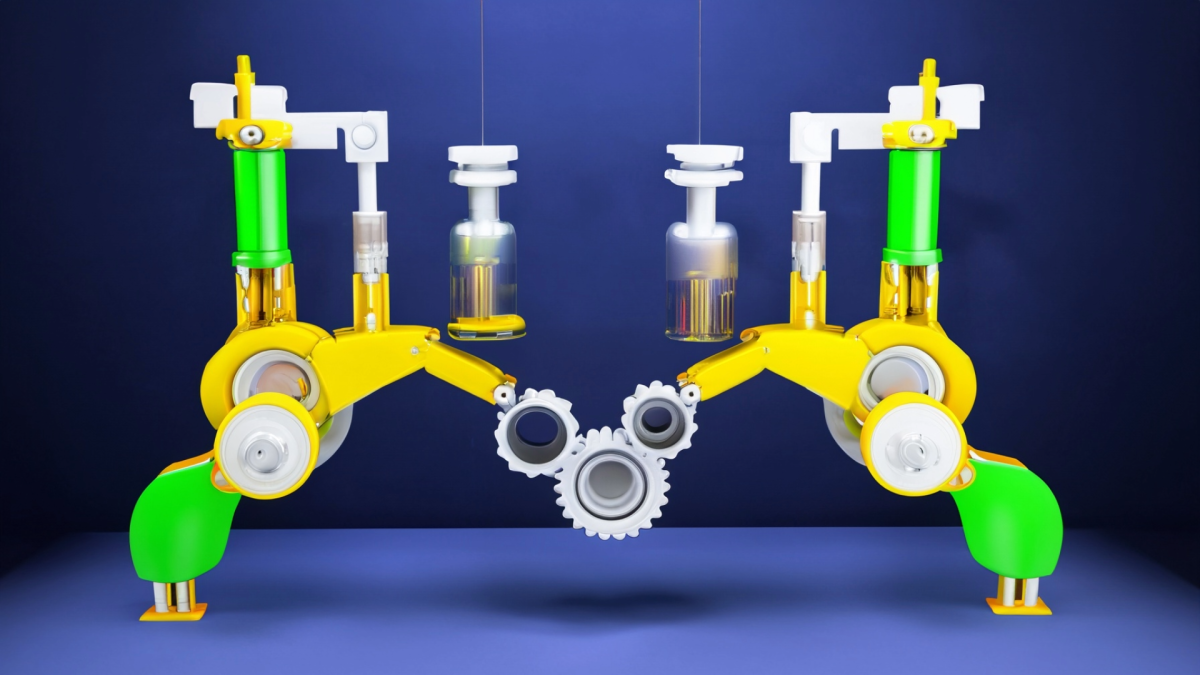
This lesson is part 2 of 2, Days 3 and 4. This lesson is set up to have students explore the friction bridge designed by Leonardo Da Vinci. Students have discovered the inventor and become familiar

Students will learn about hibernation and adapting to the winter cold. They will build shelters with different insulating materials so that their animals do not get cold. They will then do a gallery

This lesson is part 1 of 2. This lesson is set up to have students explore the friction bridge designed by Leonardo Da Vinci. Students first discover the inventor and become familiar with his life

Over the course of the next 15 days, students will have the opportunity to create a sourdough starter using a one of six different flours provided. This lesson focuses on one of the data collection

Over the course of the next 15 days, students will have the opportunity to create a sourdough starter using one of six different flours provided. This lesson is the first of three lessons that takes

In this lesson, students will build upon their prior knowledge of observational drawing by adding a digital microscope. They will explore, review photos they take, decide on a question to investigate
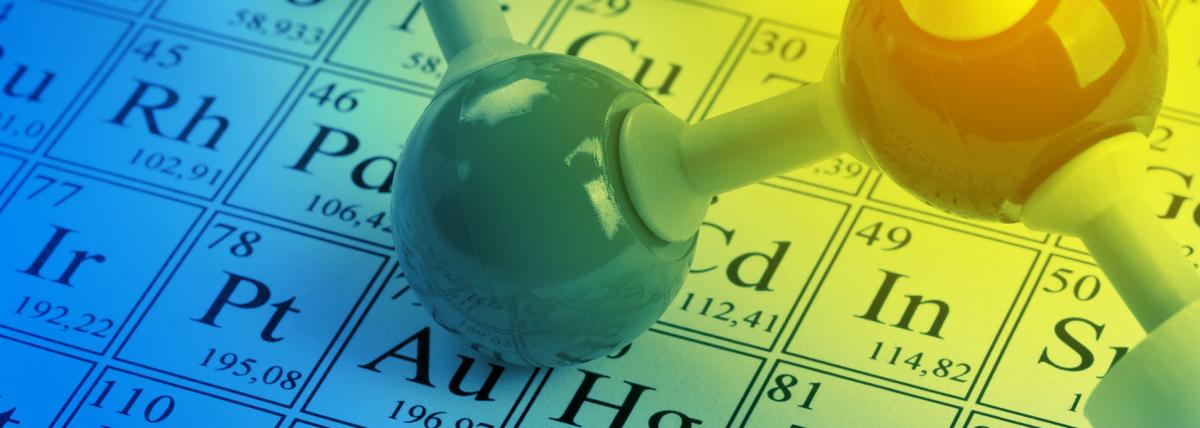
This lesson plan helps students to use inquiry to develop a lab to test salt vs sugar solutions in how far they will travel through the gel. Inquiry labs are great for those who like to be creative

Students will work on this research project to learn about animal migration. They will research environmental factors that may influence the migration of specific animals and use it to create an

This is the first of two lessons on observational drawing as a means of scientific documentation. Students are provided the opportunity to draw a sunflower three different times (from memory, using a


